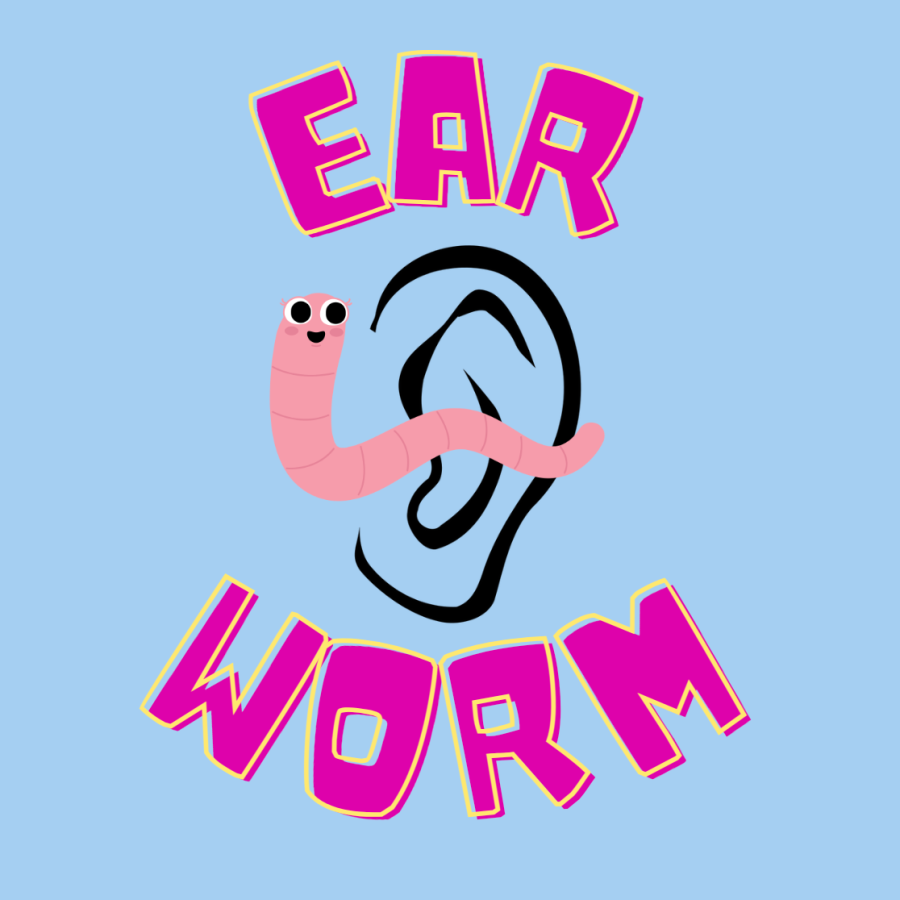Everyone knows the feeling of having a lyric or melody reverberating around their brain, leading to an irresistible urge to scratch the earworm itch and hit play on the track. But why does it happen? And more importantly, for artists wanting to live rent-free in the minds of music fans, what are some of the most crucial components of a perennial earworm?
In this article, we will cover a few of the key fundamentals in the creation of infectious hits after exploring the psychology of aural addictions and how platforms, such as TikTok, have changed the way we get hooked on hooks.
How Earworms Bed Down
Before catchy singles were known as earworms, they were referred to as ‘sticky tunes’; regardless of the buzz words/phrases used to describe them, they allude to the phenomenon, scientifically known as involuntary musical imagery, which is a fascinating interplay of memory, emotion, and the brain’s wiring.
For the perfect metaphor, imagine your brain as a DJ, constantly mixing tracks for your sole audio pleasure. When a song becomes an earworm, it’s like the DJ has put a particular track on repeat. Several factors contribute to this:
Repetition and Familiarity: Our brain loves patterns and repetition. Songs with simple, catchy, and repetitive melodies or rhythms are more likely to become earworms. It’s like the brain finds a groove it enjoys and keeps spinning that record.
Emotional Connection: Songs that trigger emotional responses, whether joy, sadness, or nostalgia, can become deeply ingrained in our memory. The emotional chords they strike resonate within us, echoing long after the music has stopped.
Recent Exposure: Listening to a song frequently or hearing it in a significant context can lead to it lodging in your mind. It’s as if the song leaves an imprint, and your brain keeps returning to it, retracing its steps.
Brain Triggers: Certain activities or states of mind, such as daydreaming, stress, or idleness, can make your brain more prone to playing these mental mixtapes. It’s like there’s a part of your brain that, when not fully occupied, decides to throw on a song for entertainment.
Closure Seeking: Sometimes, an earworm persists because your brain is seeking closure. It’s like your mind is stuck on a puzzle, replaying the song in an attempt to complete it or understand it fully.
In essence, earworms are a testament to the power of music and its deep-rooted connection to our emotions and memories. They’re like echoes of melodies that resonate within our minds, sometimes welcome, sometimes not, but always a reminder of music’s enduring impact.
The Evolution of the Earworm
Historical Earworms
Throughout history, certain songs have become legendary earworms, transcending time and trends. Classics like Queen’s “Bohemian Rhapsody” or The Beatles’ “Hey Jude” have unforgettable melodies and choruses that have echoed through generations.
In more recent times, tracks like Pharrell Williams’ “Happy,” Carly Rae Jepsen’s “Call Me Maybe,” and Luis Fonsi’s “Despacito” have become inescapable earworms. These songs share common traits: a catchy melody, a memorable rhythm, and often, an emotional or cultural resonance that makes them stick in our minds.
Spotify and the Era of Instant Gratification
Spotify and similar streaming services have also influenced the musical landscape, particularly in how songs are structured. In an era where listeners’ attention must be captured swiftly, long intros are becoming relics of the past. Artists are now more inclined to deliver an instant hook to engage listeners from the outset.
This shift is a response to the streaming algorithms and user behaviours, where songs are often judged within the first few seconds. As a result, musicians craft their tunes with immediate appeal in mind, knowing that a strong start increases the chances of a song being added to playlists, shared, and remembered.
TikTok’s Influence: The ‘Oh No’ Phenomenon
TikTok, with its bite-sized, viral content, has become a maestro in creating and spreading earworms. Take the “Oh No” song, for instance. This track, often used in TikTok reels, epitomises how just a few seconds of a song can burrow into our collective consciousness.
The platform’s format encourages the use of short, catchy snippets of music – often just the hooks or the most memorable parts of a song. This means that while the entirety of a track might not be universally recognized or appreciated, its hook becomes a viral sensation, echoing through countless videos and, subsequently, in our minds.
How to Make Your Next Hit an Earworm – Regardless of Genre
Creating an earworm is a blend of art and science. If you want to turn your next single into one while maintaining your unique sonic signature and creative integrity, follow these tips and pray the earworm gods are feeling kind!
- Embrace Simplicity: A simple, memorable melody is often the backbone of an earworm. Earworms stick because they’re easy to remember and repeat. However, simplicity doesn’t mean mundane. It’s about finding that sweet spot where a tune is both catchy and has depth.
- Incorporate Repetition: Repetition is a key ingredient in making a song stick. Repeating melody lines or choruses helps embed the song in the listener’s memory. However, too much repetition can make a track monotonous – balance is key.
- Craft a Strong Hook: The hook is the most memorable part of a song, often a line or a riff. It should be distinctive and catchy, but it doesn’t have to conform to a formula. Let your creativity guide you to a unique and engaging hook.
- Play with Rhythm and Beats: A compelling rhythm can be just as catchy as a melody. Experiment with different beats to find one that’s infectious and speaks to rhythmic pulses.
- Use Lyrics Wisely: Words are powerful. Choose lyrics that resonate, are easy to remember, and evoke emotions. Sometimes, the most profound messages are conveyed in the simplest words.
- Incorporate Familiar Sounds: Using familiar sounds or chord progressions can make a song more relatable; to make them memorable, blend them with original elements.
- Experiment with Instrumentation: The choice of instruments can greatly affect how a song is perceived. Unusual or unexpected sounds can make your song stand out, but they should complement, not overpower the melody and lyrics.
- Consider the Song Structure: Traditional song structures are popular for a reason – they work. But don’t be afraid to break the mould. Sometimes, an unconventional structure can make a song more memorable.
- Focus on the Emotional Connection: Music is about emotion. A song that evokes feelings, whether it’s joy, sadness, nostalgia, or excitement, is more likely to become an earworm. Let your emotions guide your creative process.
- Stay True to Your Artistic Voice: Don’t sacrifice your unique style and expression for the sake of popularity. The most enduring songs often come from a place of authenticity.
–
Have an earworm to share with us? Submit your music today to be featured on our award-winning music blog.
Article by Amelia Vandergast



1 Comment
The Controversy of Music Industry Plants in 2024 -
22 March 2024 at 9:01 am[…] In 2024, it is impossible to talk about music industry plants without mentioning The Last Dinner Party, the Brixton-hailing indie group, which has been described as a modern-day paradox due to the millions of pounds of marketing being poured into their inarguably artfully affecting music. Stream their 2023 hit single, Nothing Matters, once, and you won’t be able to fight the compulsion to keep returning to the earworm. […]